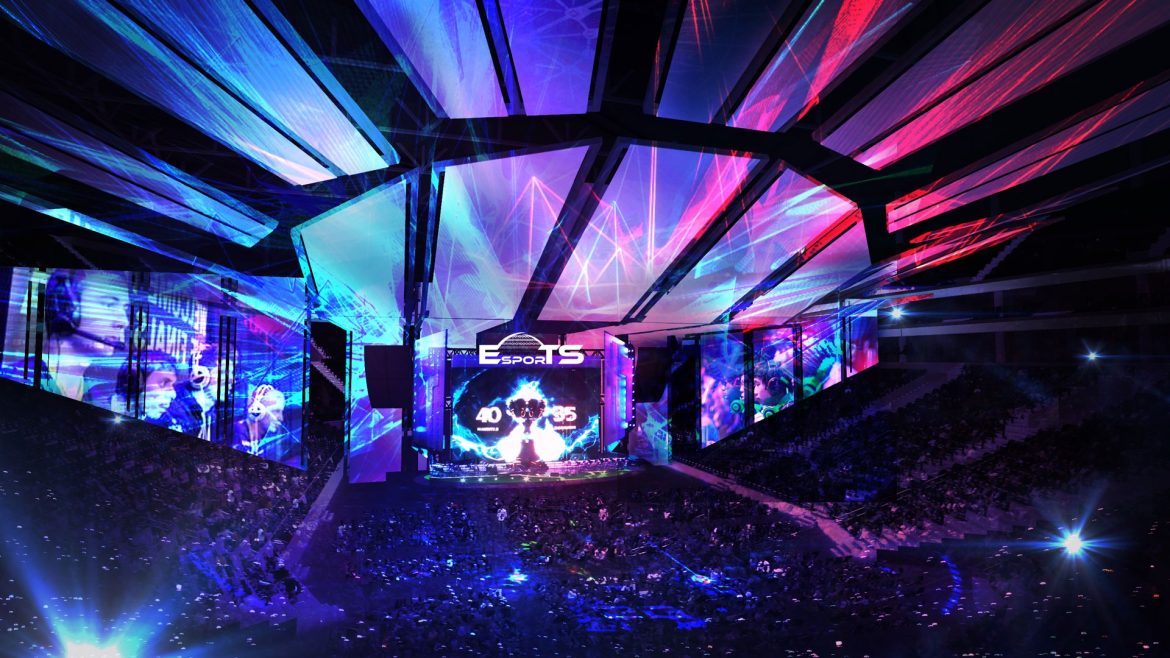In the ever-evolving landscape of sports and entertainment, electronic sports, or e-sports, have emerged as a phenomenon that transcends traditional boundaries. With a history of over a decade, e-sports have grown from niche competitions to massive global events that attract millions of viewers and players alike. This article explores the fascinating world of e-sports and how it is bridging the gap between virtual and physical play.
The Rise of E-sports
E-sports, also known as competitive video gaming, involve professional players and teams competing in video game tournaments. These tournaments span a wide range of game genres, from strategy and first-person shooters to sports simulations and card games. E-sports have become a global sensation, with viewership and participation growing exponentially each year.
The Competitive Scene
The competitive scene in e-sports is highly organized, with players and teams often signing contracts with sponsors and competing for substantial prize pools. Major e-sports events, such as The International for Dota 2 or the League of Legends World Championship, offer multi-million dollar prize money, making them some of the most lucrative competitions in the world.
A Global Phenomenon
E-sports are not limited by geographical boundaries. Thanks to live streaming platforms like Twitch and YouTube Gaming, fans from around the world can watch their favorite players and teams in action. This global reach has turned e-sports into a cultural phenomenon, transcending language barriers and bringing together diverse communities.
The Virtual Aspect
One of the most remarkable aspects of e-sports is the virtual world in which they take place. Players compete in virtual environments, using digital avatars and controllers to engage in intense battles or strategic gameplay. This virtual aspect of e-sports sets them apart from traditional sports, creating unique opportunities for innovation and engagement.
Spectator Experience
Virtual environments in e-sports allow for dynamic spectator experiences. Viewers can follow the action from different angles, watch replays, and even listen to live commentary from professional casters. This level of engagement is something traditional sports can only dream of achieving.
Virtual Reality Integration
E-sports have also begun to explore the integration of virtual reality (VR) and augmented reality (AR) technologies. VR headsets can immerse players and viewers in the gaming world, providing an unparalleled level of immersion. This innovation not only enhances the gaming experience but also blurs the line between the virtual and physical worlds.
The Physical Aspect
While e-sports primarily take place in virtual spaces, they have not overlooked the physical aspect of competition. In fact, e-sports players must maintain physical and mental health to perform at their best.
Training Regimens
Professional e-sports players adhere to rigorous training regimens. Just like traditional athletes, they focus on improving their reflexes, coordination, and decision-making skills. This physical training is essential to excel in fast-paced games like first-person shooters.
Mental Toughness
Mental health is equally crucial in e-sports. Players often face immense pressure during competitions, and maintaining focus and composure is a challenge. Teams employ sports psychologists to help players develop mental toughness and cope with the demands of the competitive scene.
The Bridge Between Worlds
E-sports, with their blend of virtual and physical elements, are uniquely positioned to bridge the gap between the digital and real worlds.
Esports in Education
One exciting development is the integration of e-sports into education. Universities and schools are now offering scholarships and programs centered around e-sports, recognizing the value of skills such as teamwork, strategic thinking, and problem-solving that e-sports can teach.
The Future of E-sports
As technology continues to advance, the line between virtual and physical play will blur even further. Augmented reality e-sports events held in real-world venues and mixed-reality gaming experiences are on the horizon. These developments promise to make e-sports even more engaging and immersive.
Conclusion
E-sports represent a fascinating convergence of virtual and physical play. With a global following, substantial financial opportunities, and the potential for innovation, e-sports have firmly established themselves as a major player in the world of sports and entertainment. As we look to the future, it’s clear that e-sports will continue to bridge the gap between virtual and physical play, offering unique experiences and opportunities for players and fans alike. Whether you’re a seasoned e-sports enthusiast or a newcomer to the scene, there’s no denying the impact and potential of this digital revolution in sports.

